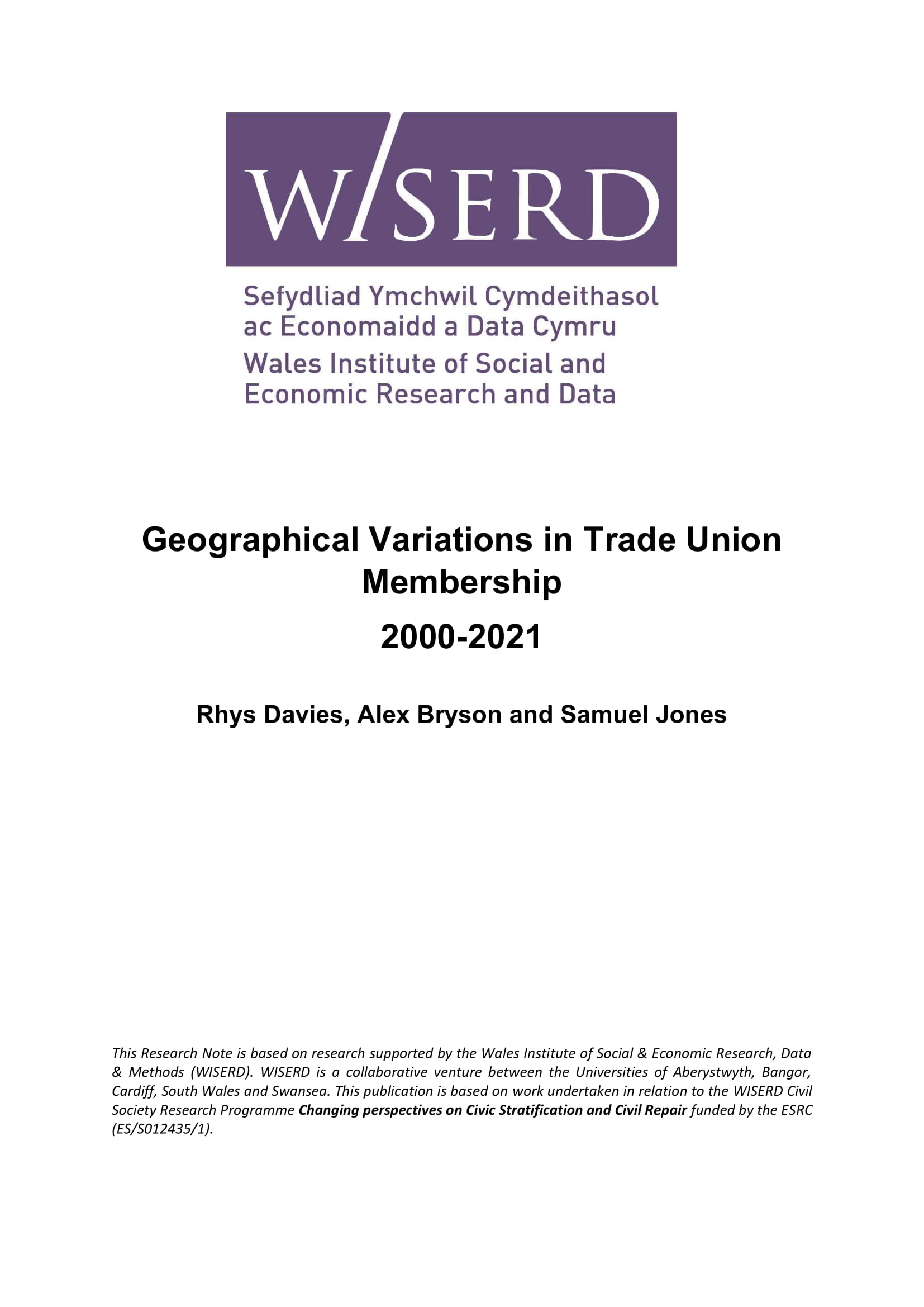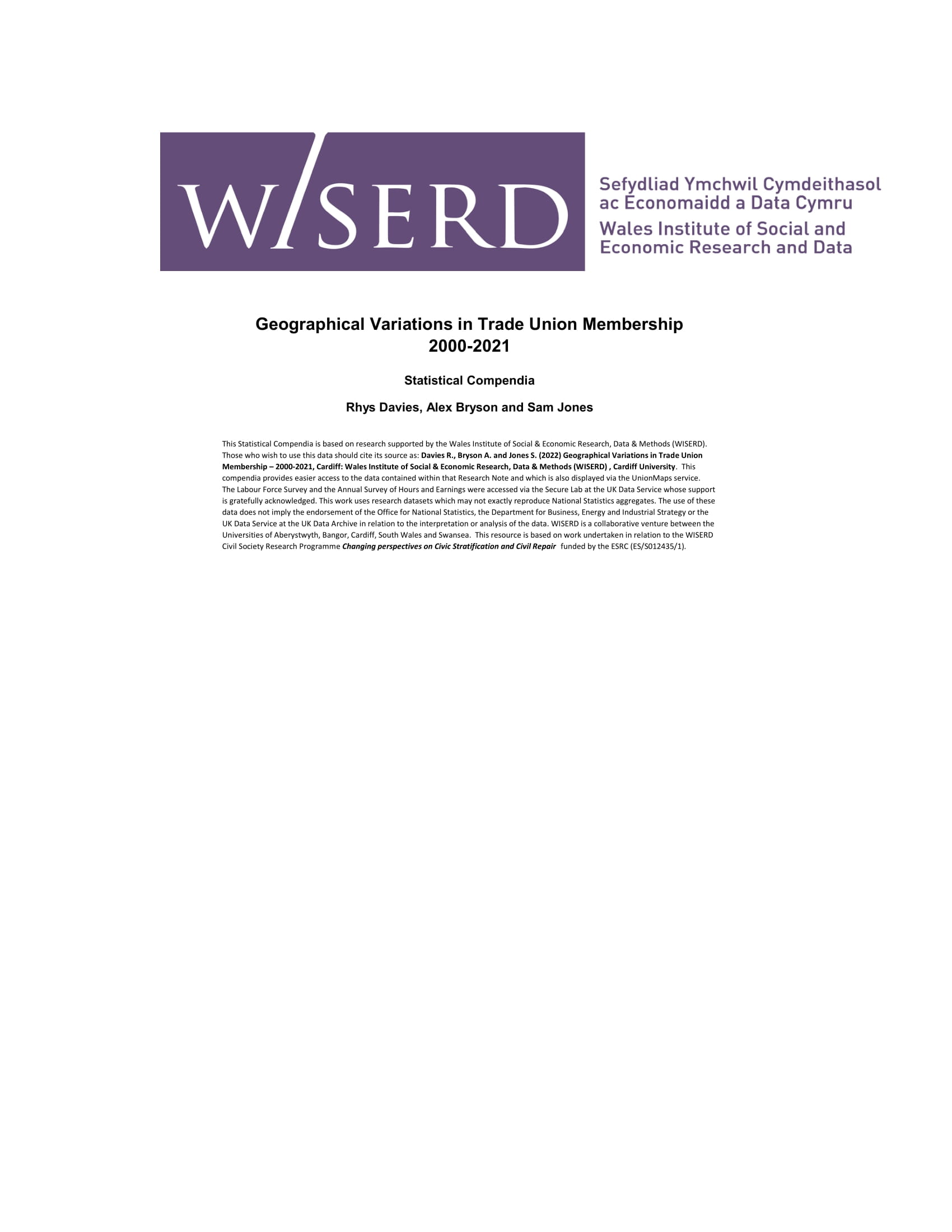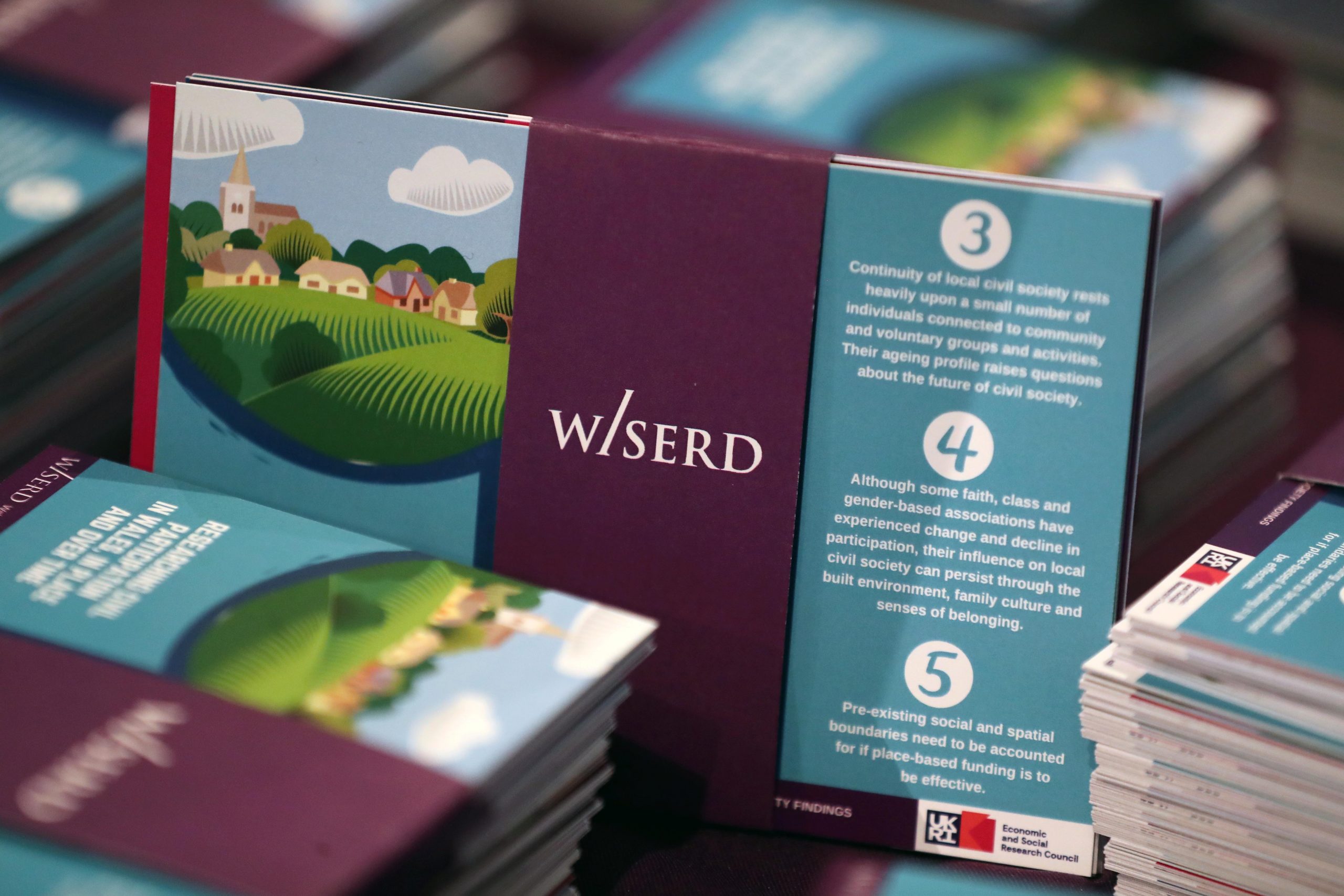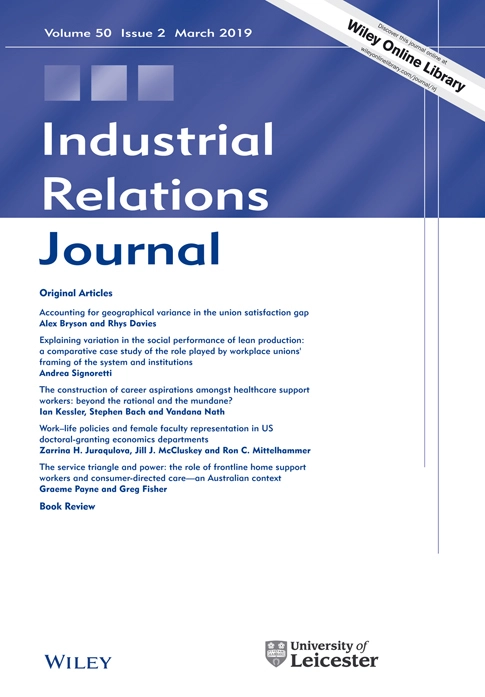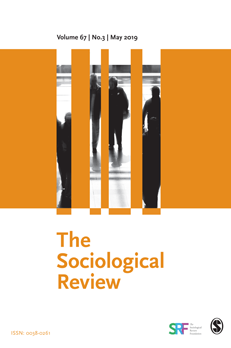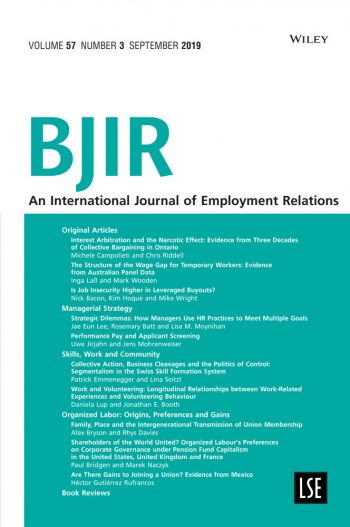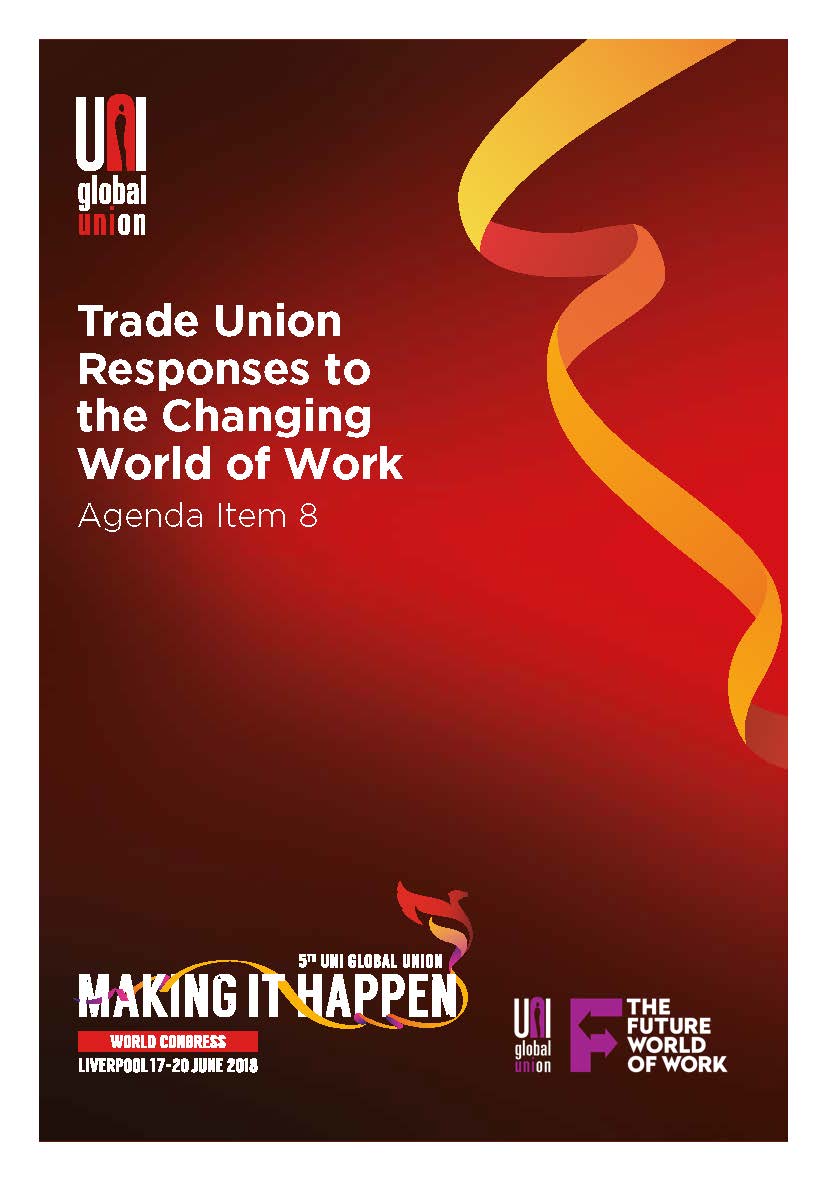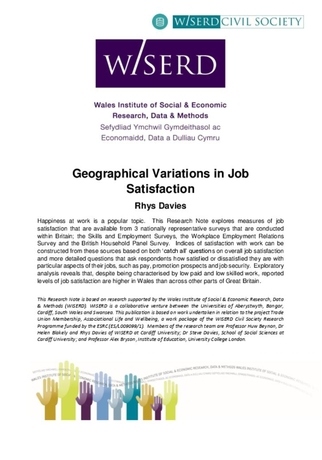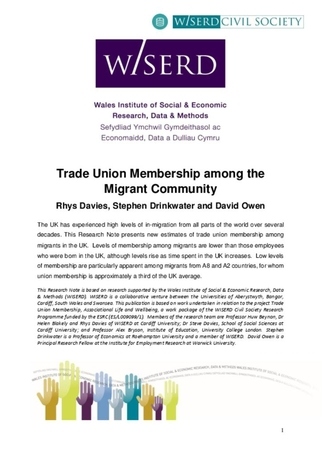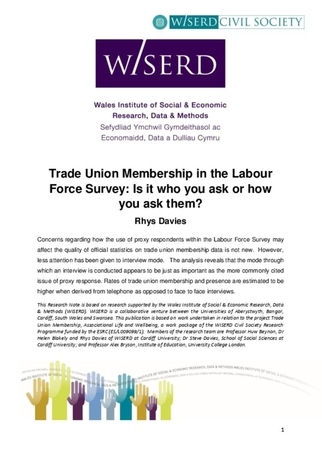Mae'r cynnwys hwn ar gael yn Saesneg yn unig.
Overview
This project builds on previous WISERD research into geographical variations in trade union membership in Wales. (Beynon, Davies and Davies, 2012). The research programme derives from this analysis, which suggested that in South Wales collective understandings, rooted in an earlier period of unionisation, are spilling over into the contemporary period. This work was supported by a series of interviews with trade union officials drawing on their experiences of trade unionism in different parts of the UK.
The project adopts a mixed-methods approach, combining quantitative data analysis with qualitative interviews to examine trends and geographical variations in trade union membership. Specifically, it will investigate the concept of ‘spillover’ and whether geographical variations in membership levels can be attributed to differences in the nature and activities of trade unions and the attitudes of employers and workers as well as how mechanisms of intra-generational and inter-generational transmission and geographical mobility relate to variations of trade union membership. The project will also examine how trade unions (and their form) contribute to other dimensions of social capital and whether there is geographical variation in this.
The quantitative research programme will utilise data from nationally representative surveys, including those used in official estimates of trade union membership. The qualitative data will develop this analysis more intensively and will focus on the concept of ‘spillover’ in relation to three distinct groups: i) rank and file trade union activists based in both the public and private sectors; ii) non-unionised young workers employed on ‘non- traditional’ labour contracts in retail, hospitality, food and drink (exploring the influence of the changing nature of the economy and work organisation in establishments with a history of low trade union recognition and membership); iii) and finally migrant workers (in terms of how unions are adapting their structures and strategies to engage with this group).
Research Questions
- After taking account of industrial structure and the composition of the workforce, across which areas of the UK are levels of trade union membership higher or lower than they would expect to observe?
- What factors underpin the extent which union presence at a workplace translates in to union membership?
- Can differences in membership levels be attributed to differences in the nature and activities of trade unions (e.g. levels of activity, recognised versus non-recognised unions, presence of shop stewards)?
- Can these differences be attributed to differences in the attitudes of employers to unions (e.g. favourable attitudes towards unions)?
- What is the contribution of intra-generational and inter-generational transmission to explaining regional variations in trade union membership, what form does this take and does the strength of these mechanisms vary geographically?
- What affect does geo-graphical mobility have on trade union membership; i.e. does membership behaviour travel with the individual or is it shaped by the locality to which they move?
- Is trade union membership correlated with other measures of social capital and associational life and does geographical variation in union membership contribute to geographical variations in associational life and social capital?






